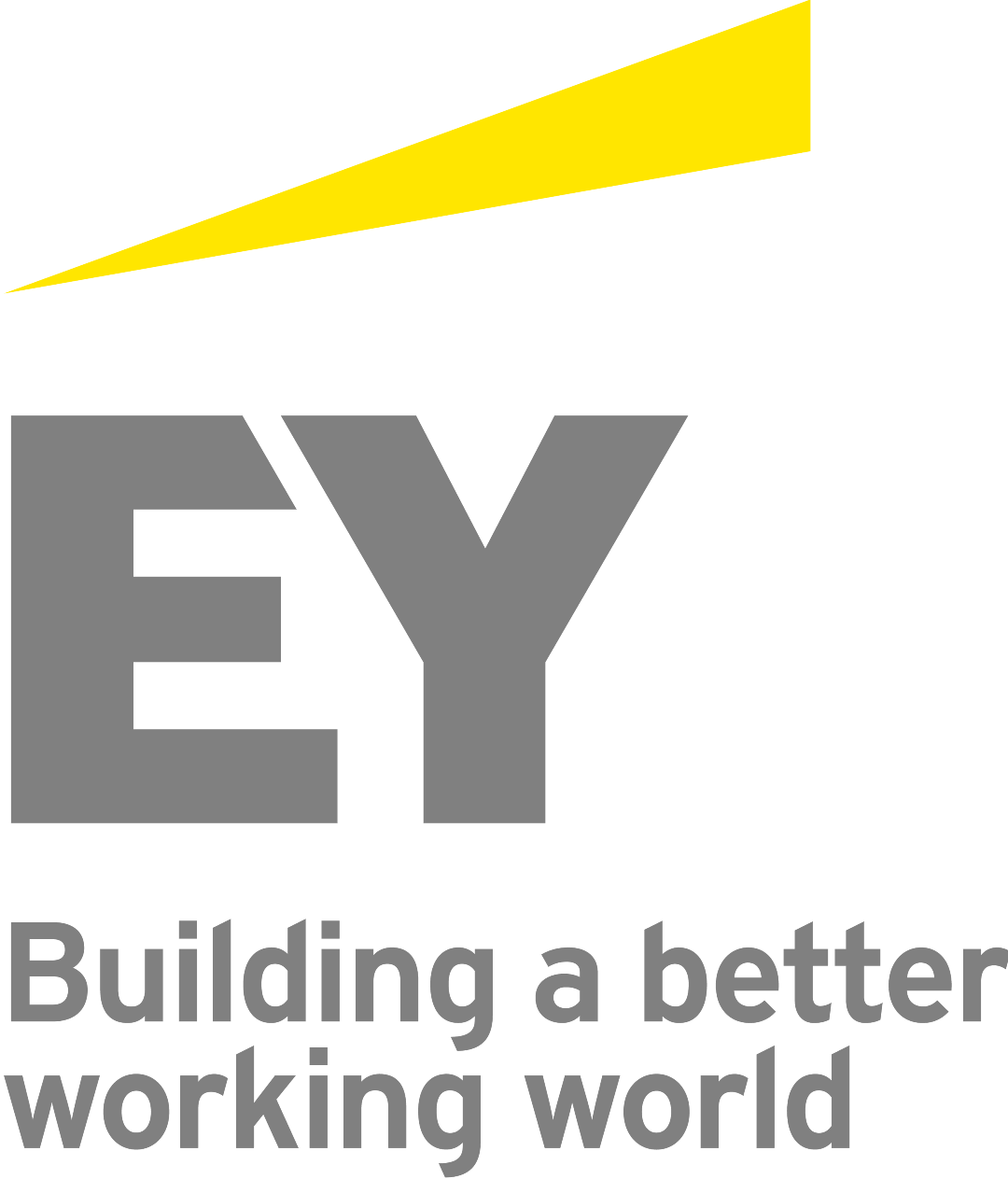Amid pressure, banks focus on managing non-financial risks: EY
69% of major global banks surveyed lost more than US$1b in the past three years
TORONTO, Nov. 4, 2015 /CNW/ - Bank boards and management are increasing their focus on risk management, especially non-financial risk, as they address regulatory pressure, investor demands and the high cost of past misconduct. This is according to EY's 2015 risk management survey, Rethinking risk management: banks focus on non-financial risks and accountability.
"Globally, regulatory pressure on banks has resulted in higher costs and decreased return on equity. As a result, investors are demanding that banks reduce their costs in order to increase returns," says Simon Beaulieu, EY's Financial Services Risk Management Leader. "Canadian banks are facing a similar situation. To avoid the high cost that could be associated with the materialization of non-financial events, banks must make risk everyone's business, from the top ranks to front-line staff. But this will require a significant shift in mindset and a long-term commitment."
According to EY's survey, 69% of global systemically important banks (G-SIBs) reported losses from non-financial risks (including regulatory fines and penalties) of more than US$1b during the past three years. While Canadian banks may have experienced smaller losses, they're nevertheless substantial. To reduce these costs, globally, banks are reinforcing accountability among front office staff. This is a top initiative to strengthen risk culture, according to 77% of respondents (compared to 68% in 2014).
"Driven by the Basel III reforms initiated after the 2008 financial crisis, most of the work on capital and liquidity is now behind, and banks are shifting focus to non-financial risks," says Beaulieu. "Establishing clear accountability to business line leaders is key to managing non-financial risks. A comprehensive three lines of defence model can address non-financial risks such as governance, operations, regulatory compliance, conduct and reputation, among others. It will promote reinforced internal oversight, preventive controls, and will eventually reduce costs."
"In Canada, we're also seeing that banks are investing into more integrated information systems to manage risks and control costs," notes Beaulieu.
Elements of a comprehensive three lines of defence model include:
Defined roles and responsibilities
Clearly articulating to all employees that bad behaviour will be penalized and enforcing the rules of risk management are two key elements of risk accountability in an organization. According to EY's survey, banks are putting those principles in action. Eighty-five percent report that a breach in risk conduct is immediately elevated to the risk department (an increase from 76% in 2014), while 69% report business-line or desk leaders handle a breach. Most banks report that severe breaches in risk policies result in disciplinary actions (94%).
Proactively managing non-financial risks
Instead of waiting to conduct post-risk event reviews, 57% of banks are now developing more forward-looking risk assessments. Other proactive steps banks are taking include more detailed loss reporting and forensic investigations after an event has occurred (72%), conducting in-depth reviews of individual operational processes (70%) and evaluating near-miss events (64%).
This is the 6th annual survey of banks carried out by EY and the Institute of International Finance (IIF). Chief risk officers and other senior executives at 51 banks in 29 countries participated in the survey. To read the full report, visit: http://www.ey.com/Publication/vwLUAssets/EY-rethinking-risk-management/$File/EY-rethinking-risk-management.pdf
About EY
EY is a global leader in assurance, tax, transaction and advisory services. The insights and quality services we deliver help build trust and confidence in the capital markets and in economies the world over. We develop outstanding leaders who team to deliver on our promises to all of our stakeholders. In so doing, we play a critical role in building a better working world for our people, for our clients and for our communities.
For more information, please visit ey.com/ca. Follow us on Twitter @EYCanada.
EY refers to the global organization and may refer to one or more of the member firms of Ernst & Young Global Limited, each of which is a separate legal entity. Ernst & Young Global Limited, a UK company limited by guarantee, does not provide services to clients. For more information about our organization, please visit ey.com.
SOURCE EY (Ernst & Young)

Sasha Anopina, [email protected], 416 943 2637; Julie Fournier, [email protected], 514 874 4308; Leigh Kjekstad, [email protected], 604 648 3807

Share this article